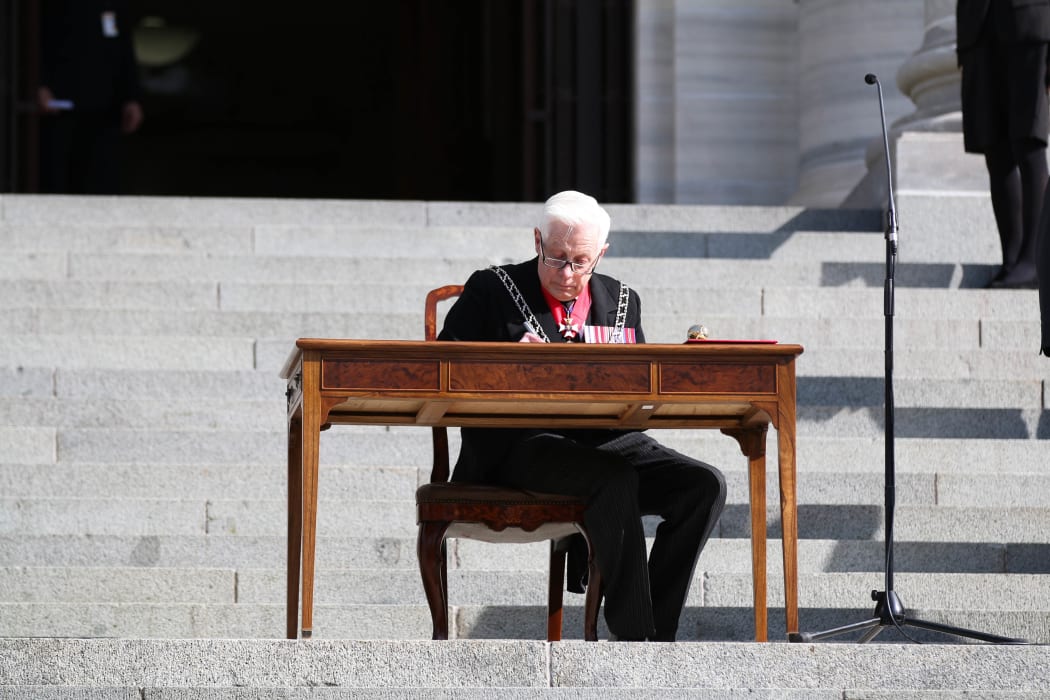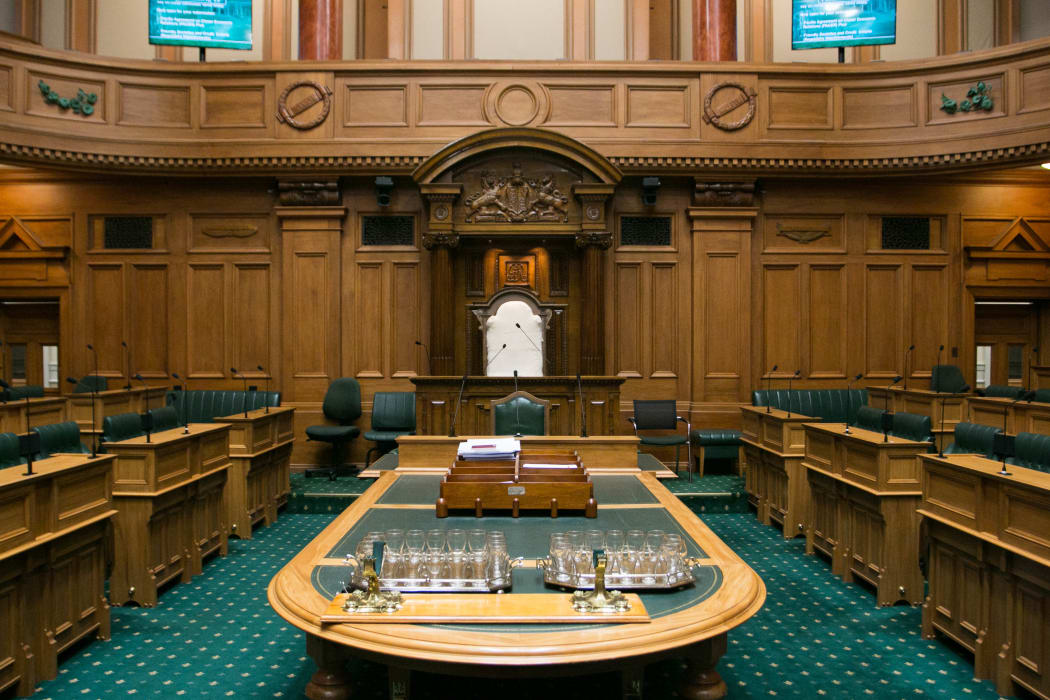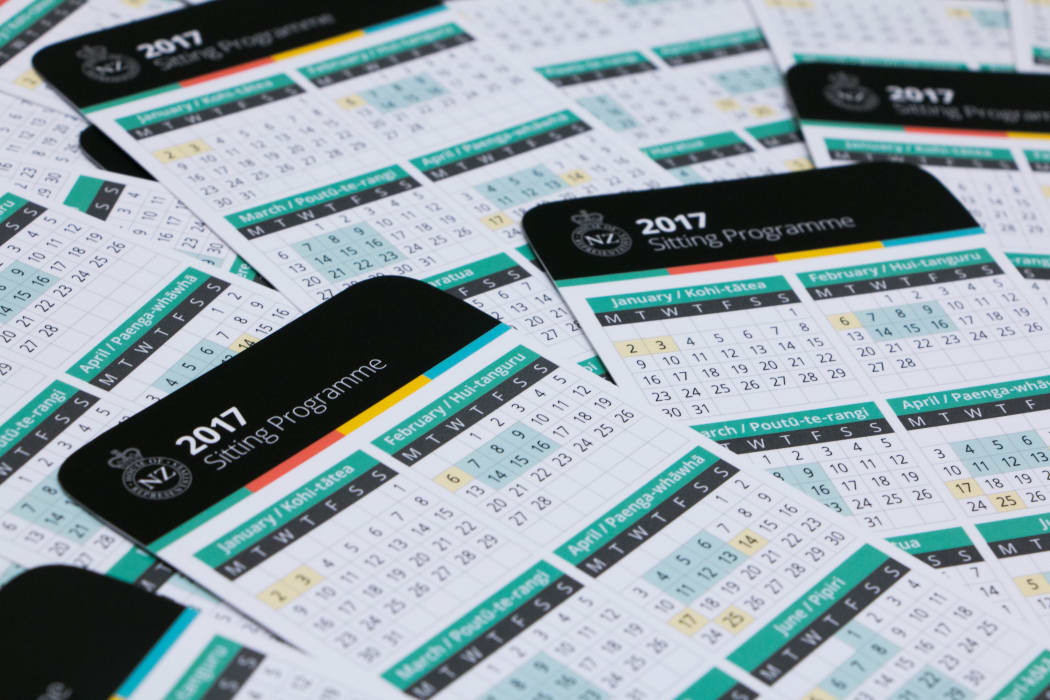Like the Wicked Witch of the West, New Zealand’s Parliament will dissolve on Tuesday morning (11am, August 22, 2017).

New Zealand Herald of Arms Extraordinary to the Queen Phillip O'Shea signs the proclamation dissolving the 51st Parliament. Photo: VNP / Phil Smith
It’ll only take a few minutes and involve a simple proclamation of a couple of sentences, read out by the 'New Zealand Herald of Arms Extraordinary to the Queen' (the job title is nearly as long as the proclamation). The Herald does this on the authority of the Governor General, who is New Zealand’s representative of the Queen.
Parliament dissolves every three years, only to spring back to life, fully formed (if somewhat differently populated), a couple of months later, when summoned again by the Governor General.

The House of Representatives sits idle awaiting a new Parliament Photo: VNP / Daniela Maoate-Cox
When the 51st Parliament met for the final time on Thursday they held a debate about whether or not to adjourn. (Spoiler Alert: they all agreed to).
But Parliament doesn’t have the authority to bring itself to a proper conclusion - that’s the job of the Sovereign, who summoned Parliament together in the first place. The Sovereign giveth and the Sovereign taketh away.
Parliament is actually due to sit again next Tuesday afternoon, as they only adjourned for the weekend. The dissolution is what properly clears the slate for the election.

The sitting programme for 2017, which continues on merrily without an election. Photo: VNP / Daniela Maoate-Cox
The dissolution doesn’t cause the election though, or require it. The election happens because the Governor General calls for a new parliament - which requires an election. This summons happens not long after the dissolution - as a sort of promise of continued democracy - but the actual date when a new parliament meets will depend on the next Prime Minister who will advise the Governor General.
But - and this bit is where people get confused - the Government doesn’t dissolve - just the current Parliament that provided oversight over the Government, and passed laws for it.
The MPs don't dissolve either. MPs are still MPs until election day, and the ministers remain ministers until a new government is formed to replace them.
You can watch the dissolution of the 51st Parliament live on Tuesday 22nd August at 11am, on the Parliament facebook page.
Fun Fact: The Interregnum
At Parliament (the institution), the period when there is no Parliament (the meeting of MPs), is informally referred to as 'The Interregnum'. Interregnum means 'between the reigns' and refers to a gap in normal government.
The irony is that while NZ lacks a parliament but has a sovereign during our interregnum, the most famous interregnum is when Britain lacked a sovereign but had a succession of parliaments. That was in the 17th century between the execution of Charles I and the restoration of Charles II eleven years later.
The reign is uninterrupted in New Zealand; there continues to be both a sovereign and a government even while MPs aren’t meeting. And the MPs remain MPs and can be recalled to Parliament if necessary, by the Governor General.


